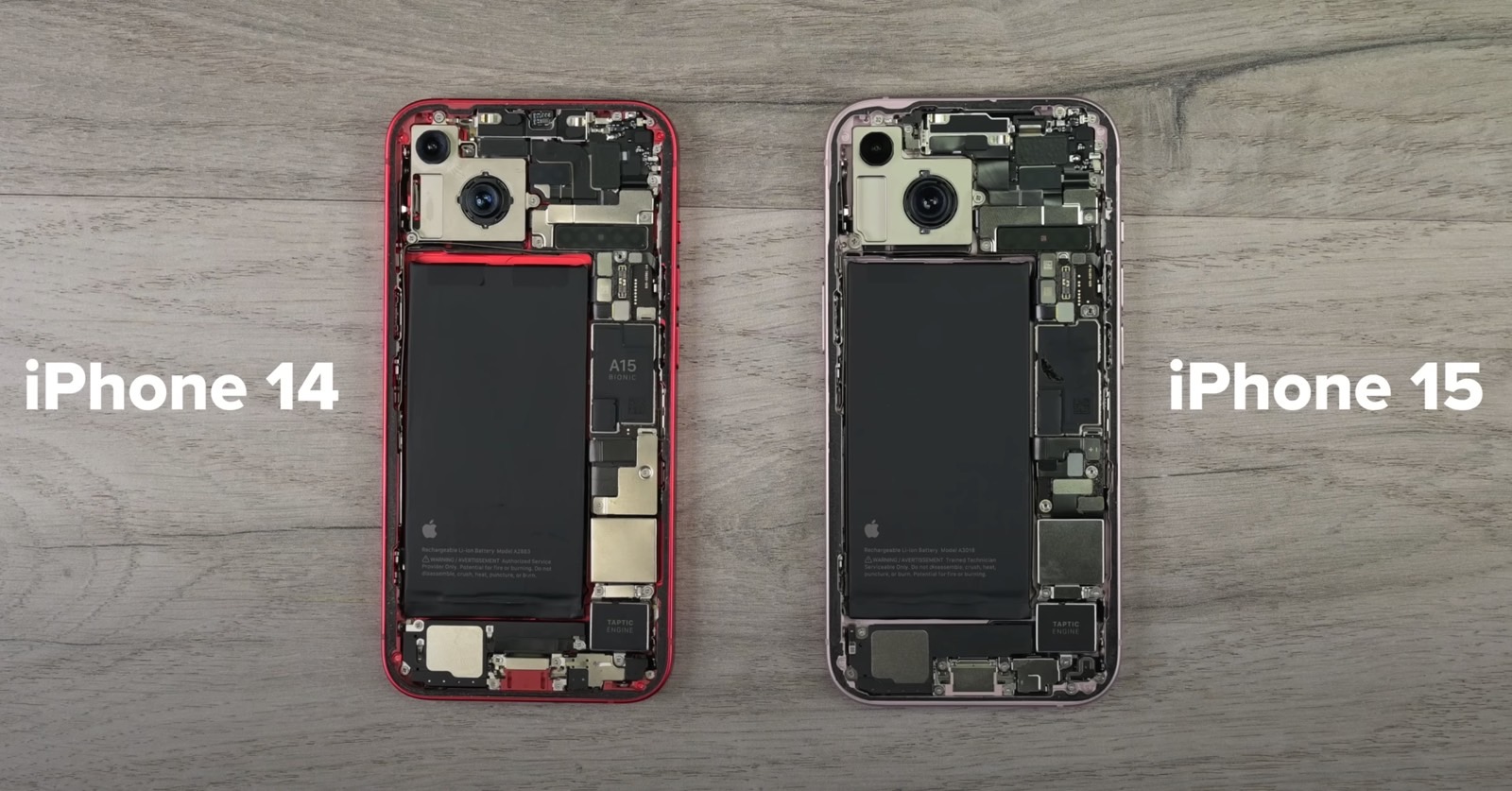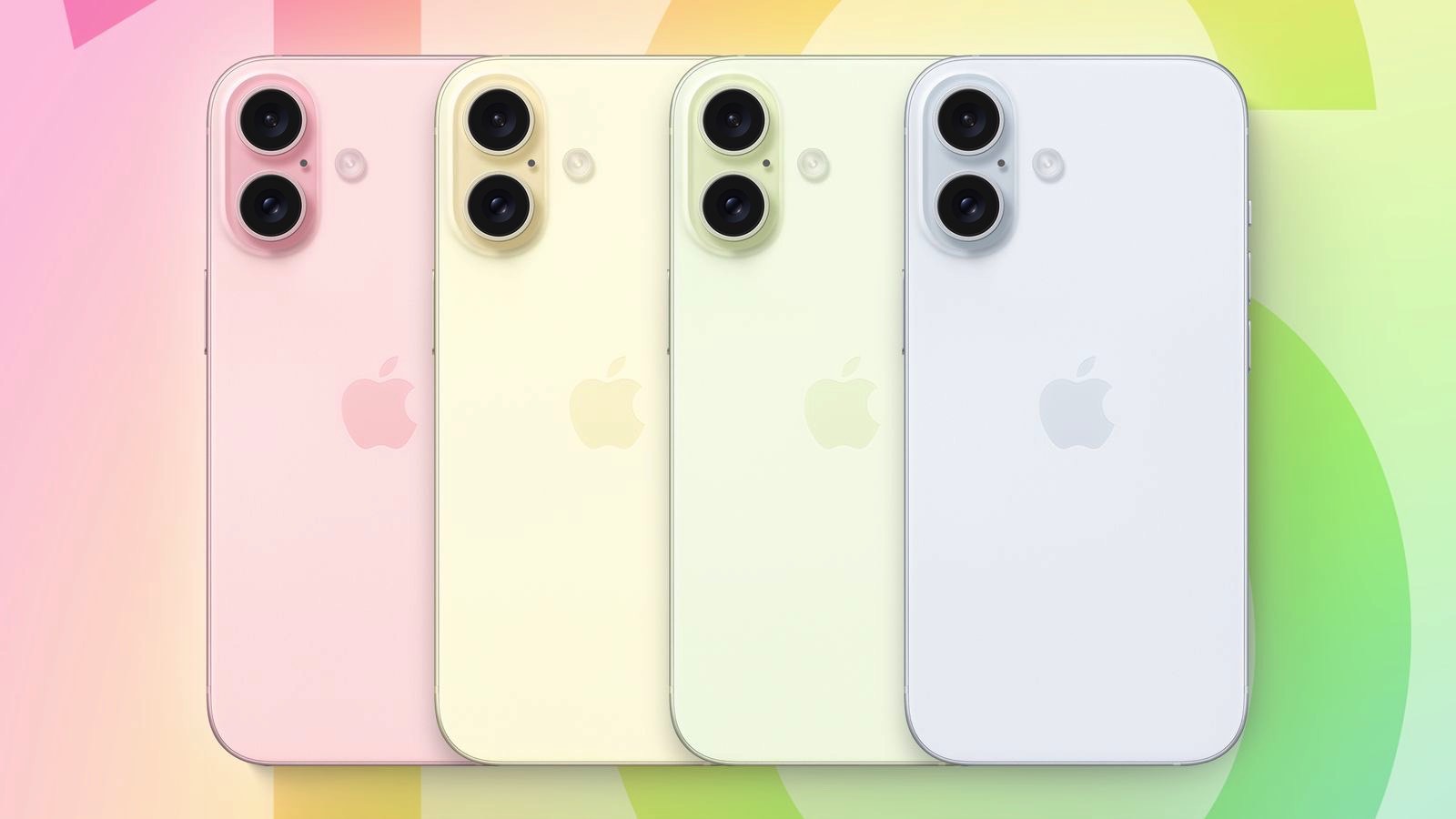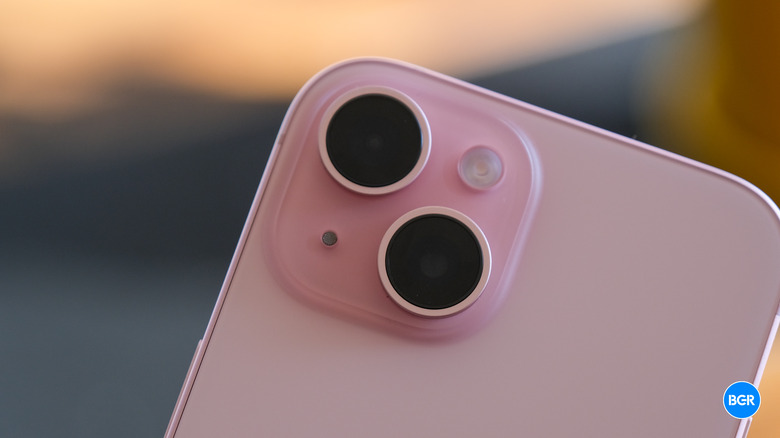The iPhone 16's First Big Design Change Was Just Confirmed
The iPhone 16's new camera design has appeared in several leaks already. Reports said that Apple was considering various designs for the rear camera module. But all of them have the two rear-facing cameras in the same vertical arrangement that Apple used on the iPhone X, iPhone 11, and iPhone 12.
The newest leak is a bit different than the ones we have seen so far. A leaker posted a photo of a purported camera component that further supports the vertical camera design setup. If Apple is already manufacturing components to test the vertical camera setup, I'd say the new camera design is as good as confirmed.
After the iPhone 12, Apple switched to a diagonal camera setup for the non-Pro models. This helped on two fronts. First, it gave the iPhone 13, iPhone 14, and iPhone 15 a visual identity. More importantly, however, it helped Apple optimize internal space.
The iPhone 12 Pro Max introduced Apple's first sensor-shift optical image stabilization (OIS) for the iPhone. Only the wide-angle lens got it. Then, Apple brought sensor-shift OIS to the main cameras of all the iPhones that followed the iPhone 12.

But sensor-shift cameras are much larger than before, hence the need to place them diagonally on the iPhones 13 through 15. It's a way to save space by bumping up the battery size.
Teardowns from iFixit routinely showcase the internal design of Apple's iPhones. Below, you'll see the similarities between the iPhone 14 and iPhone 15 rear camera modules. The larger sensor is the main camera (wide-angle) and its sensor-shift OIS.

The iPhone 16 and 16 Plus models could very well hold on to the diagonal setup. But Apple wants all its iPhones to shoot spatial videos that can be played on the Vision Pro. You need a vertical camera setup for that. It's why only the iPhone 15 Pro and 15 Pro Max can take spatial videos.
The iPhone 15 Pros feature triple-lens cameras where the ultra-wide and wide lenses sit on top of each other. The wide lens, the one that has sensor-shift OIS, is on the bottom.
With that in mind, the image below shows us the purported iPhone 16 camera component. Majin Bu is the leaker who first posted it. Someone replying to the image said the camera component is shown upside down.
probably the other way around
lower part looks like a spot for the ultrawide camera
— ajo (@axoajo) February 16, 2024
The lower part would be the ultra-wide camera. I think that's the case. The larger camera on top is the main camera, the one that would feature sensor-shift OIS. That's the one that would sit on the bottom in the module.
Commenting on the leak, MacRumors said it was able to verify the authenticity of the camera part in the leak:
Through our industry sources, we are able to confirm that the item featured in Bu's post is the main camera chassis for the I-34 camera project, intended for use in the base model iPhone 16 set to be released later this year.

MacRumors has provided various reports about the upcoming iPhone 16 design changes, including the Action and Capture buttons and the vertical camera setup for the base models. As for Majin Bu, the leaker isn't always accurate with his iPhone leaks.
The iPhone 15 teardown in the following video gives you a better look at the handset's main camera and sensor-shift OIS.
